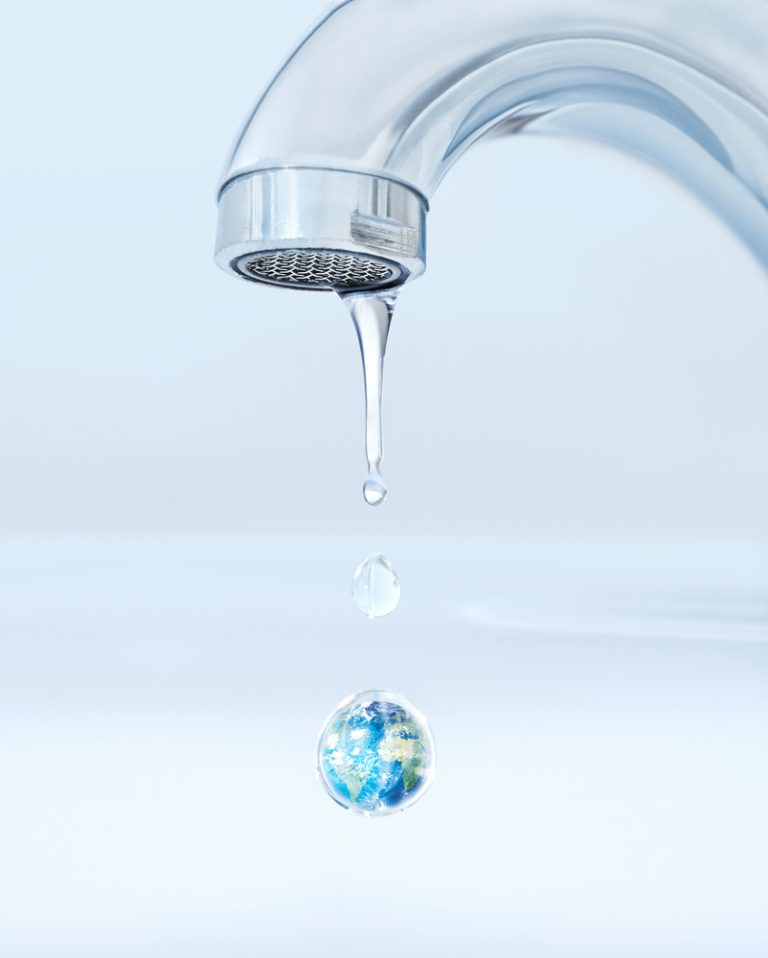Tom Reynolds, BMA CEO, explains why and how the creators and innovators are embracing change.
The global demand for sustainable living spaces has never been more pressing. This urgency, coupled with our innate desire for comfortable yet functional designs, has led to a new breed of innovative products from leading bathroom manufacturers. By embracing water and energy efficiency, these forward-thinking creators combine beauty, functionality, and eco-consciousness. Architects and designers focused on sustainable bathroom design are uniquely positioned to capitalise on these industry advancements, ultimately serving their client’s needs and our planet’s well-being.
One of the most remarkable advancements in this arena is the development of water-efficient taps, showers, and toilets. By adopting neat solutions like flow restrictors, these products ensure that the water used is minimised without compromising user experience. By replacing traditional water facilities with these modern products, residential and commercial spaces can significantly reduce their water consumption.
Energy-efficient bathroom designs are another hallmark of the eco-friendly movement. Manufacturers have unveiled innovative lighting systems that utilise LED technology to drastically reduce energy consumption without sacrificing quality or design aesthetics. Installing sensor-based light switches has also paved the way for green bathroom spaces.
The circular economy is also crucial to bathroom manufacturers with many taking a keen interest in creating products that are not only more sustainable in their use but also at end of life. This means designing products from recyclable materials, making disassembly and recycling more straightforward, and promoting the concept of “design for life” among industry professionals.
For architects and designers, these advancements translate into numerous benefits. Integrating resource-efficient products allows the creation of spaces that adhere to or surpass building regulations concerning water and energy consumption. Moreover, this focus on sustainability often adds a significant competitive edge when presenting designs to prospective clients who are conscious of their environmental footprint.
Additionally, utilising eco-friendly products demonstrates a commitment to sustainability, which appeals to both the public and private sectors. As green building certifications, environmental accreditations and a commitment to schemes such as the Unified Water Label increase, designers and architects can showcase their eco-friendly projects to enhance their professional reputation.
The rise in sustainable bathroom design is more than a passing trend – it reflects a collective consciousness that recognises our responsibility to create living spaces that preserve the environment. As bathroom manufacturers continue to innovate and present a line-up of water-efficient, energy-efficient, and recyclable products, designers and architects have many opportunities to marry form and function with environmental stewardship. It’s time to embrace these innovations and create bathroom spaces that not just pamper us but also safeguard our environment for future generations.


